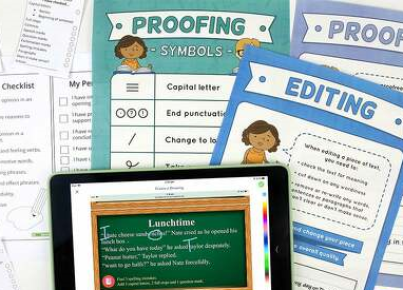Introduction
Writing a historical recount text allows us to capture and preserve the past, giving readers an insight into the lives, events, and experiences of people who were part of history. This guide will provide you with the steps to create a fascinating historical recount that showcases your understanding of the subject matter and keeps your audience engaged.
1. Choose a topic
Selecting an engaging and significant topic is crucial for a successful historical recount. Aim for topics that offer unique perspectives, untold stories, or lesser-known events from history. Consider your own interests and passions when narrowing down your choice.
2. Research extensively
No historical recount is complete without thorough research. Dive deep into primary and secondary sources such as newspapers, journals, official documents, photographs, interviews, or videos. Visiting libraries, archives, or museums can also help you get access to invaluable resources.
3. Analyze your sources
Evaluate your sources carefully to ensure their credibility and reliability. Cross-reference them with other research materials to form a comprehensive view of the events you’re exploring.
4. Create an outline
Before beginning the writing process, formulate an organized outline of your historical recount text. This should include an introduction that captures attention and sets up context; well-structured body paragraphs that provide detailed narratives; and a conclusion that summarizes key points and leaves readers with a lasting impression.
5. Intriguing introduction
Your recount’s introduction should instantly engage readers by providing context to the chosen period and outlining the focus of your recount. Using vivid descriptions or powerful quotes can serve as effective hooks to capture your reader’s interest.
6. Develop narrative paragraphs
Dedicate each body paragraph in your recount to different aspects or events within your chosen topic area. Maintain clarity through chronological storytelling while injecting emotion into each scene by providing sensory details that evoke feelings.
7.Compose powerful dialogue (where applicable)
To enhance your historical recount, include dialogue between key figures if possible. Be sure to base them on authentic speeches, letters, interviews, or similar primary sources. This can add emotional depth and vividness to your recount.
8. Present differing perspectives
To provide an unbiased and accurate account, include diverse perspectives and how they influenced the historical context. Presenting different viewpoints will allow your readers to develop a well-rounded understanding of the subject matter.
9. Write a compelling conclusion
Conclude your historical recount by summarizing key events, reflecting on significant outcomes or contributions of individuals involved, and exploring the lasting impact on society. End with a powerful closing sentence that leaves readers pondering the profound importance of the recounted events.
10. Revise and proofread
It is vital to revise and proofread your text several times in order to achieve a polished final draft. Editing not only refines grammar, syntax, and punctuation but also ensures consistency in tone and style.
Conclusion
Following these steps will assist you in creating an engaging and informative historical recount text that illuminates the past in a captivating manner. Remember the importance of thorough research and analysis, along with maintaining accuracy and providing diverse perspectives. With diligence and dedication, you will construct a piece of writing that offers readers an exciting journey through history.




